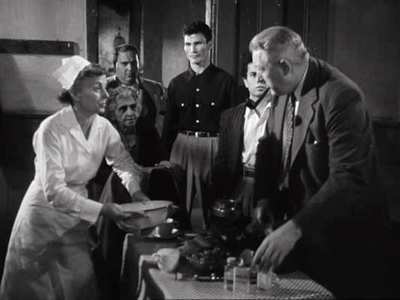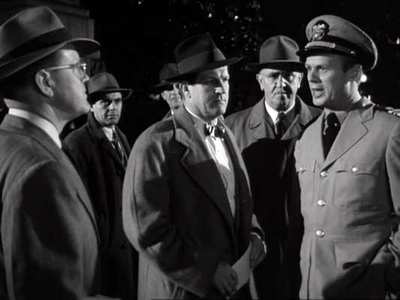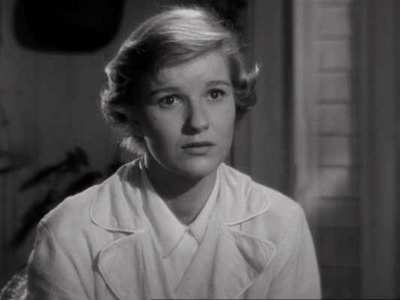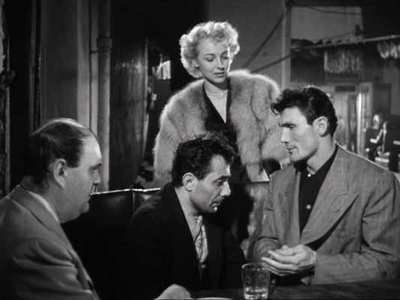Review of Panic In The Streets
Introduction
Panic in the streets! Run for your lives! Head for the hills! It`s the end of civilisation as we know it!
Well, not quite. Panic In The Streets was made in 1950, the era of hyperbole, exaggeration and the Hays code. Fifty-five years on, it`s not so much panic in the streets as it is a kerfuffle in a cul-de-sac. It barely warrants an exclamation mark, but while it may not get the pulse racing, it could still move your rear end imperceptibly closer to the edge of your seat.
When a murder victim turns up at the New Orleans morgue, it seems a relatively simple case of lead poisoning, but an autopsy reveals something more worrying, pneumonic plague, a disease that is aggressively contagious and lethal if left untreated. Clinton Reed of the US Public Health Service raises these concerns with the civic leaders, insisting that the killers and anyone they have been in contact with are found before the infection can spread. The police are initially reluctant to investigate what seems like just another murder, and Clinton has to take matters into his own hands.

Video
The picture is a 4:3 monochrome regular transfer. The image is clear and sharp for the most part, with strong contrast showing off Elia Kazan`s moody direction to good effect. There is some sign of age quite naturally, with a hint of dirt on the print and a few scratches. It`s nothing too detrimental though.

Audio
The sound is a simple DD 2.0 English mono track. The dialogue is a little mumbled at times, and the absence of subtitles is felt.

Features
There are 2 pictures or original poster art, one of them is the inlay from the CBS FOX VHS release, so it isn`t all that original. There are also 11 pictures labelled Original Cast Stills. The menu screen is animated with scenes from the film, and that`s your lot.

Conclusion
A bit of a fracas in a lay by, this film has dated considerably, and I had a bit of trouble keeping my eyes open during the brief running time. It`s dull and ponderous, with characters given to posturing and making speeches. Richard Widmark as Clinton Reed, Public Health official extraordinaire is one of those clichéd characters who are proven right despite the legion of adversity against him. He blusters and bullies his way into getting his opinion heard, and when that doesn`t work, he takes matters into his own hands, despite his lack of qualifications as a detective. He`s very much the hero of the piece and the other public officials, including the police captain he browbeats into helping him, are merely supporting players.
I think my belief suspenders snapped, when after cremating the victim and his effects, he tries to convince the police to find the killers. At no point during the argument does the policeman say, "Well, I would be happy to, if some moron hadn`t incinerated the evidence." It`s a case of the dialogue being dictated more by the script than reality. It becomes a little hard to relate to a film when the characters are written with a lack of verisimilitude.
The high point of the film has to be the character of Blackie, played by Jack Palance in his screen debut. Blackie is the leader of the murderers, a smooth, charismatic and charming cold-blooded killer. I`m familiar with Palance as a breathy, rather nervous character, typified by his role in the Man From U.N.C.L.E movie, The Spy With The Green Hat, but here his character is anything but, a self-assured, amiable villain, who dominates his lackeys through sheer force of personality.
Panic In The Streets is terribly dated, and barely managed to keep my interest. Fans of Widmark or Palance may find this an interesting curiosity, but the drama and the story gets lost in the message, and that isn`t too well thought out. The direction is moody and atmospheric, but the script doesn`t deserve the director or the cast.
Your Opinions and Comments
Be the first to post a comment!